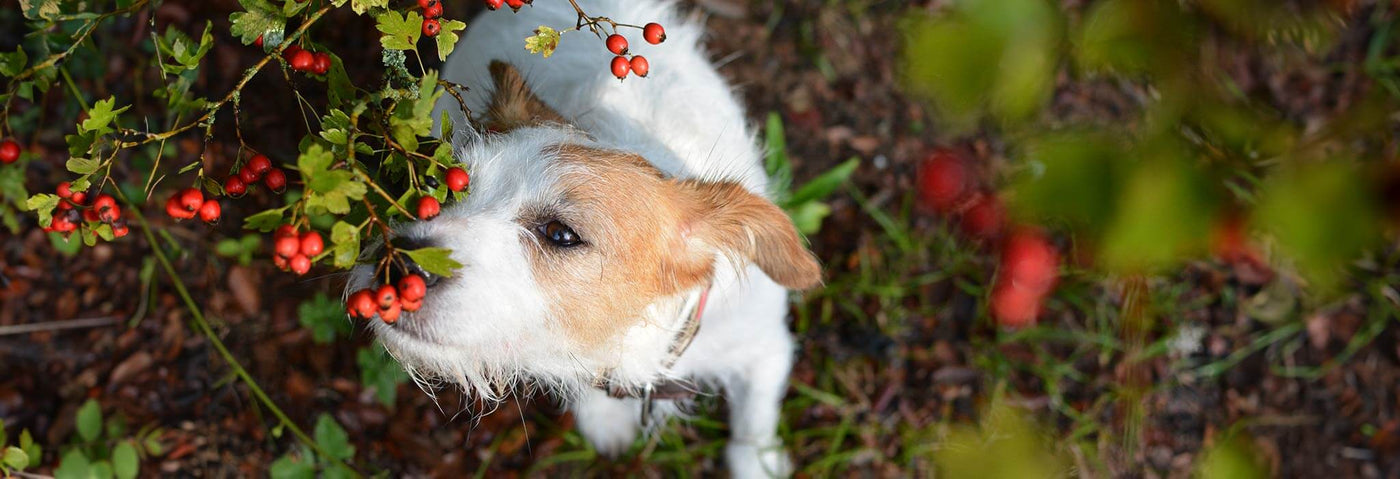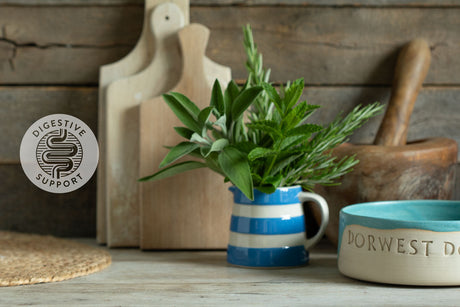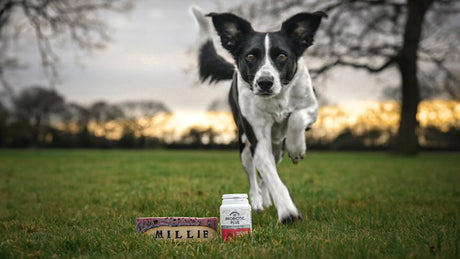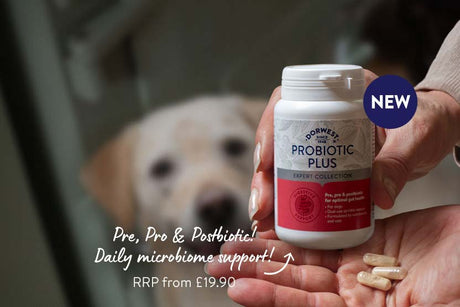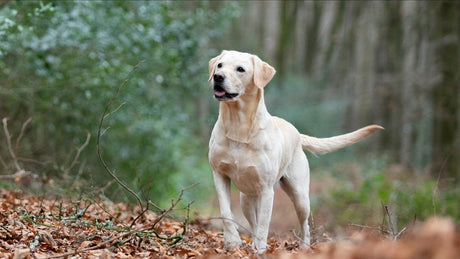This time of year there are lots of berries in our hedgerows and you may wonder which ones are safe for your dog to eat and which should be avoided. Here are some details on the seven most commonly found berries that you might come across on your walks – which are safe for your dog and which should be strictly avoided.
Remember though that dogs cannot easily break down or digest cellulose so the harder berries such as rose hips and hawthorn are likely to pass through them fairly unscathed and so your dog will derive little benefit from them, other than the pleasure that some seem to get in being able to pick their own food! The softer, juicier berries such as blackberries and elderberries will be broken down to some extent but don’t be surprised if they also give your dog purple tinged poos for a few days!
Always take care that your dog doesn’t eat too many berries as this can make their motions loose or even cause temporary diarrhoea for a day or two. Remember that many berries grow on plants with nasty thorns so take care that your dog doesn’t get any in their feet when foraging – it’s a good idea to check them over when you get home just to make sure.
Finally, never let your dog eat any berries if you are not absolutely sure what they are. We have only mentioned a few of the more common berries here but there are others that may be very toxic, so take care.
1. Blackberries or Brambles (Rubus sp.)

These are everywhere at the moment and of course are related to raspberries and to the lesser known dewberries. Many dogs seem to really love the blackberry season and will not only eat the fruit with relish when it’s offered, but often seek them out and eat them straight off the plant. You do need to be careful if they do this that they don’t get pricked by the thorns, but most dogs who eat them off the plant seem to have become very accustomed to just picking the fruit! Blackberries contain a myriad of beneficial compounds including Vitamins C, K and E as well as potassium, manganese and copper in small amounts and of course, as with all berries, a fair amount of dietary fibre. They are perfectly safe for your dog to eat although as with all berries they shouldn’t be consumed in excessive quantities as this can make their motions loose. Of course while your dog is eating them off the bush you might as well pick some for yourself and put them in an apple pie or crumble when you get home.
2. Black Bryony (Bryonia dioica) and White Bryony (Bryonia alba)

These are very similar looking poisonous climbing plants. The entire plant is toxic but the berries and the roots are the most poisonous. The berries of both varieties are easily identified as they form clusters, are bright and shiny and are often found in hedgerows as well as climbing up buildings, fences, barns, trellises and trees. It is such a strong laxative that, even in the 16th century, its medicinal use was not recommended. If you suspect your pet has eaten these then you should get veterinary treatment immediately as the diarrhoea that it causes can result in severe dehydration which will need medical treatment.
3. Dogwood berries (Cornus sanguinea)

These are not known to be toxic, however can cause gastrointestinal upset. They are commonly found in hedgerows but there are also number of varieties of garden Dogwood plants which have the same properties. The berries have a slightly sour taste, and if eaten this can cause irritation in the gastrointestinal tract and your pet is likely to vomit or suffer from diarrheoa due to this. Because of their taste it is unlikely that your pet will eat many, and if they do ingest just a few berries it is unlikely to make them ill, but keep an eye on him or her and call your vet if you are at all concerned.
4. Rose hips

Rose hips are recognised by most people and it is the dog rose (Rosa canina) that is often found in hedgerows. Most people also know that they are rich in Vitamin C and it has been said that they contain up to 40 times as much as oranges do. They are quite safe for dogs to eat, even though dogs do not generally need Vitamin C supplementation, but as they are quite hairy inside the thick skin, it is unlikely that your pet will eat very many of them in their natural state. It is the oil or powder whole rose hip that is normally used nutritionally in various preparations for both people and animals.
5. Sloes (Prunus spinose)

These are the fruit of the blackthorn and its related hedgerow plant Bullace (Prunus domestica) and are both varieties of plum, and although Bullace berries can be found in a variety of colours, the most common purple type is often mistaken for sloes, but is slightly larger and not so bitter. Neither are toxic for dogs although if they ate too many it could cause temporary diarrhoea. The real danger with Blackthorn is the very nasty thorns that protect the plant and so it is sensible to keep your pet away from these as they can give a very nasty injury. Bullace bushes don’t have these thorns so are easily distinguished from Blackthorn. The best thing to do if you find either of these berries is to pick them and make them into a delicious Sloe or Bullace gin !
6. Hawthorn (Crataegus monogyna)

This is another shrub, or tree, that has red berries and is found in woodland and as a hedgerow plant. It also has sharp thorns which can be dangerous, although not as severe as Blackthorn. Hawthorn berries are quite safe for your dog to eat and are used in herbal medicine as a tonic for the heart and was traditionally used to help with a number of heart problems.
The amount your dog is likely to eat of its own accord is limited and not sufficient to have any real beneficial effects, but if they do like eating them then that’s absolutely fine and shouldn’t cause any problems.
7. Elderberries (Sambucus nigra)

These are found on the Elder tree which can grow to a great height, making it less likely that your dog will pick them off the tree, although the ground below can often be littered with the berries later in the autumn.
The ripe black berries themselves are very nutritious and safe for your dog, but be aware that the leaves, stems, unripe fruit and the root are all poisonous to both dogs and humans as they contain cyanide, albeit in very small quantities. Fortunately it is the berries that are attractive to eat and it is unlikely that your dog will eat the leaves, especially when they are busy snuffling up the ripe berries on the ground! If your dog does eat anything other than the ripe berries you should get veterinary advice as soon as possible. Elderberries contain Vitamins C and A as well as iron, iodine and a number of bioflavonoids.
